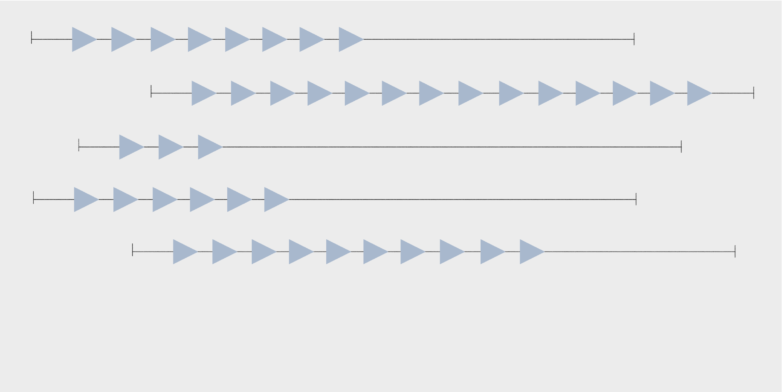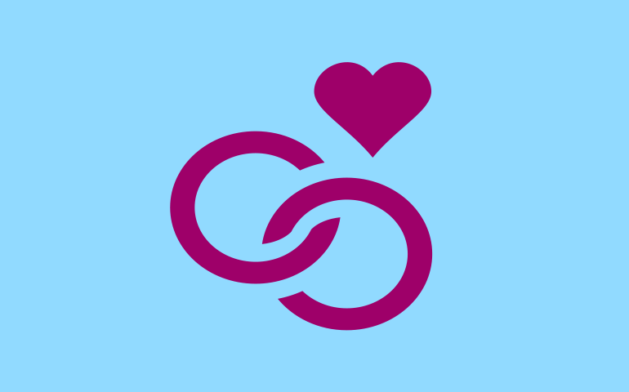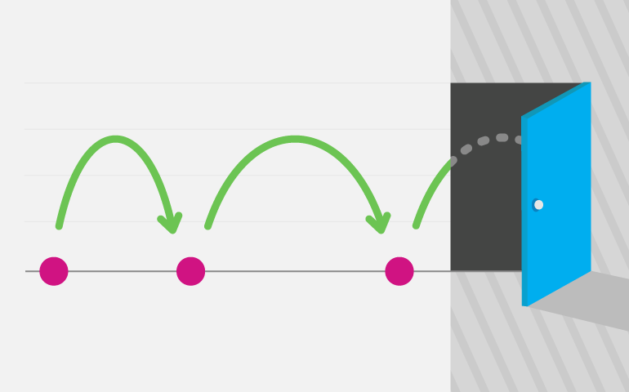What is Customer Satisfaction?
Customer satisfaction is the term marketers use to indicate whether the company’s product or service (or both) have met customer expectations, surpassed them or failed to meet them. In other words, customer satisfaction is an indication of how happy a customer is with a company’s product, service or experience. Customer satisfaction is often dependent on the expectations that customers had prior to using the product or service. Customer satisfaction can be a challenging metric to measure, but optimizing a business for customer satisfaction has numerous potential advantages, including increasing long-term customer loyalty and customer lifetime value.
Measuring Customer Satisfaction Using CSAT Score
The most common metric used to measure customer satisfaction is the customer satisfaction score, often abbreviated to CSAT. CSAT scores are usually generated via a customer satisfaction survey; specifically, customers are asked to answer a question, such as, “How would you rate your recent experience with our company?”, with a number from 1 to 5. The higher the number of customer responses to this question, the higher will be the measured CSAT score.
Customer satisfaction surveys are typically conducted immediately following a particular customer interaction (e.g., purchase, customer service, product return). This gives them the advantage of immediate and accurate feedback in connection with a particular customer-brand interaction. On the other hand, CSAT scores are more limited than the well-known net promoter score (NPS), as they tend not to relate to a customer’s long-term, overall satisfaction with a brand.
CSAT surveys can be conducted via a variety of channels, such as during on-site/in-app activity, while on the phone or in a chat with the customer, and a post-interaction email.
Customer LTV Excel Calculator Template
Using Customer Satisfaction Scores in Marketing
Customer satisfaction scores help marketers understand how customers view their brand. They give insight into how your customers feel about your brand, allowing you the opportunity to continue the same strategy if customers are satisfied and adjust your strategy if they are not.
When your customers are dissatisfied, it is crucial to address their complaints as soon as possible. Unhappy customers are more likely to churn and share their negative opinions about your brand. Therefore, you must do everything you can to compensate for customers’ negative experiences. Some brands might compensate customers with unique promotions, discounts, or refunds, or by implementing their suggestions. If you implement a recommendation made by a customer, you can create a marketing campaign explaining the problem you fixed and how you adjusted.
Customers with high satisfaction scores are more likely to remain loyal and engaged with your company. Satisfaction scores can be impacted by marketing campaigns, and thus it is important to target customers with valuable marketing campaigns to increase their satisfaction.

Measuring Customer Satisfaction Using Passive Analytics
Many companies also analyze customer activity data to determine customer satisfaction levels. One approach might be to create a score based on purchase frequency, number of items purchased, total spend and percentage of products returned. Another approach might be to measure engagement with the brand’s website/app (e.g., visit frequency, number of pages viewed, number of content shares), its promotions (e.g., clicks on emails or ads) and its social media channels. Of course, each business should select and combine the behavioral factors it considers the best overall representation of customer satisfaction.
Customer Lifetime Value Excel Calculator
Download this Excel-based template for a fast and easy method to calculate your customers’ lifetime value.
How Can You Improve Customer Satisfaction?
It goes without saying that a company needs to offer customers the products/services they want, with the service levels they expect. If a brand is failing at these basics, it is understandable that customer satisfaction will be low. However, assuming that the brand has the basics covered, what else can it do in order to increase customer satisfaction?
One sure-fire way to improve customer satisfaction is to consistently communicate with customers in ways that are relevant and appealing. For example, marketers should be using technology to predict which types of promotions and incentives will appeal to each individual customer – and to deliver those messages in an effective and welcome way.
Another way is to proactively address particular customer experiences soon after they occur. For example, customers tend to respond very favorably if a brand quickly and proactively mitigates a bad experience that they just went through.
A third example might be providing support across a variety of channels (email, chat, social media, phone, etc.) – making it easier for customers to communicate via any channel they prefer tends to increase customer satisfaction with a brand.

Increase Customer Satisfaction with Optimove
Optimove is the world’s leading Relationship Marketing Hub, combining the most advanced predictive personalization platform with an automated customer marketing orchestration platform. In a nutshell, Optimove helps marketers implement a systematic approach to planning, executing, measuring and optimizing a complete, highly personalized customer marketing plan. The result is maximized customer satisfaction, retention, loyalty and lifetime value.
Contact us today to request a Web demo and learn how you can use Optimove to convert more customers, increase the spend of existing customers and reduce customer churn.
Get a personalized tour of Optimove
Let us show you how to go from tens to hundreds of segments


